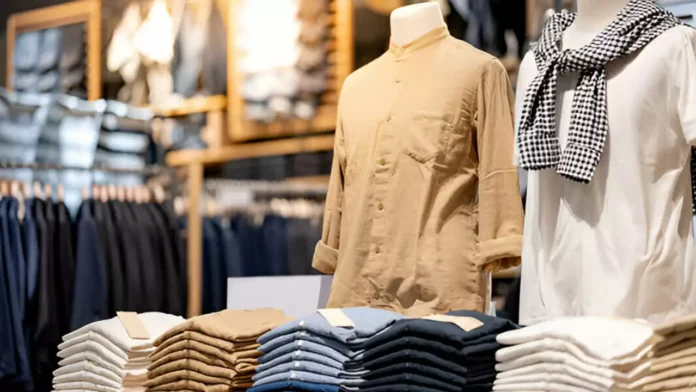Apparel retailers are implementing a new approach to manage unsold inventory, primarily driven by product obsolescence. In an effort to mitigate risks and align with demand patterns, they have shifted their sourcing practices closer to the current season. The merchandise sourcing period has been significantly reduced from 120-150 days to 60-90 days. This strategic adjustment is aimed at minimizing the impact of obsolescence while awaiting an upturn in demand.
The companies asserted that these write-offs are necessary, even though they have been attempting to eliminate unsold and outdated inventory through prolonged periods of significant discounts. A substantial amount of the outdated merchandise remains unsold, and executives noted that these measures will also affect the margins for this fiscal period.
Kavindra Mishra, the Chief Executive of Shoppers Stop Ltd, informed analysts last week that when ordering the spring-summer and autumn-winter merchandise for the previous year, the company did not foresee the current sluggishness in the market.
“We decided to clean up and provide for the obsolescence of inventory which is worth around close to INR 9 crore. Due to this, our gross margins are impacted by 60 bps (basis points),” he said. A basis point is 0.01 percentage point.
Devaranjan Iyer, the Chief Executive of departmental store chain Lifestyle International, mentioned that numerous retailers are compelled to write off inventory due to obsolescence. In response to mitigating such risks in the future, the company has shortened its sourcing periods, now placing orders for 2-3 months compared to the previous 6-7 months.
“This will give us the ability to find the shock and then react in a much more agile manner,” said Iyer. “It will also ensure inventory is not stuck for six months and the demand forecast is on a real time basis. Obsolescence has increased for the industry and this will lead to margin erosion for sure,” he said.
The apparel retail sector has experienced a downturn for over five consecutive quarters, catching the industry off guard with an unexpected decline in demand following the 2022 festive season. In the preceding three quarters, a significant upswing in demand was observed, driven by consumers updating their wardrobes post-pandemic as restrictions eased and offices reopened. Consequently, retailers optimistically placed orders for a robust 2023, resulting in an accumulation of excess stock.
Earlier, V-Mart Retail, with a focus on rural and small towns, used to plan for 3-4 months. However, due to market stress, the company has now decided to allocate 20% of the inventory planning to a period of 45 days, according to managing director Lalit Agarwal.
“This will allow us to adjust in case of stress in the market and be in line with the fast fashion trend,” he said. Shoppers Stop too is now buying closer to the season.
In 2023, apparel retailers extended their discounting periods and are set to continue this strategy for the current end-of-season sale.
Continue Exploring: Apparel exporters lobby for tax incentives and GST uniformity in budget 2024 to stimulate domestic manufacturing
According to a recently released survey by the Retailers Association of India (RAI), retail sales in December exhibited a 4% growth compared to the corresponding period in 2022. Notably, despite the festive season, both October and November also demonstrated a growth of 7%.
“While the industry showed growth of about 4 % pan-India, it was due to new stores and new geographies of trading. For most offline retailers, like for like stores growth was negative by about 5 %,” said Kumar Rajagopalan, CEO at RAI.
Retailers have noted a shift in consumer spending patterns, indicating that people are now directing more of their expenditures towards travel and experiences rather than exclusively focusing on product purchases. This change has resulted in a slowdown in sales for traditional retail products.
Continue Exploring: India’s apparel exports on the rise: CMAI forecasts 10-15% YoY growth in UAE market


